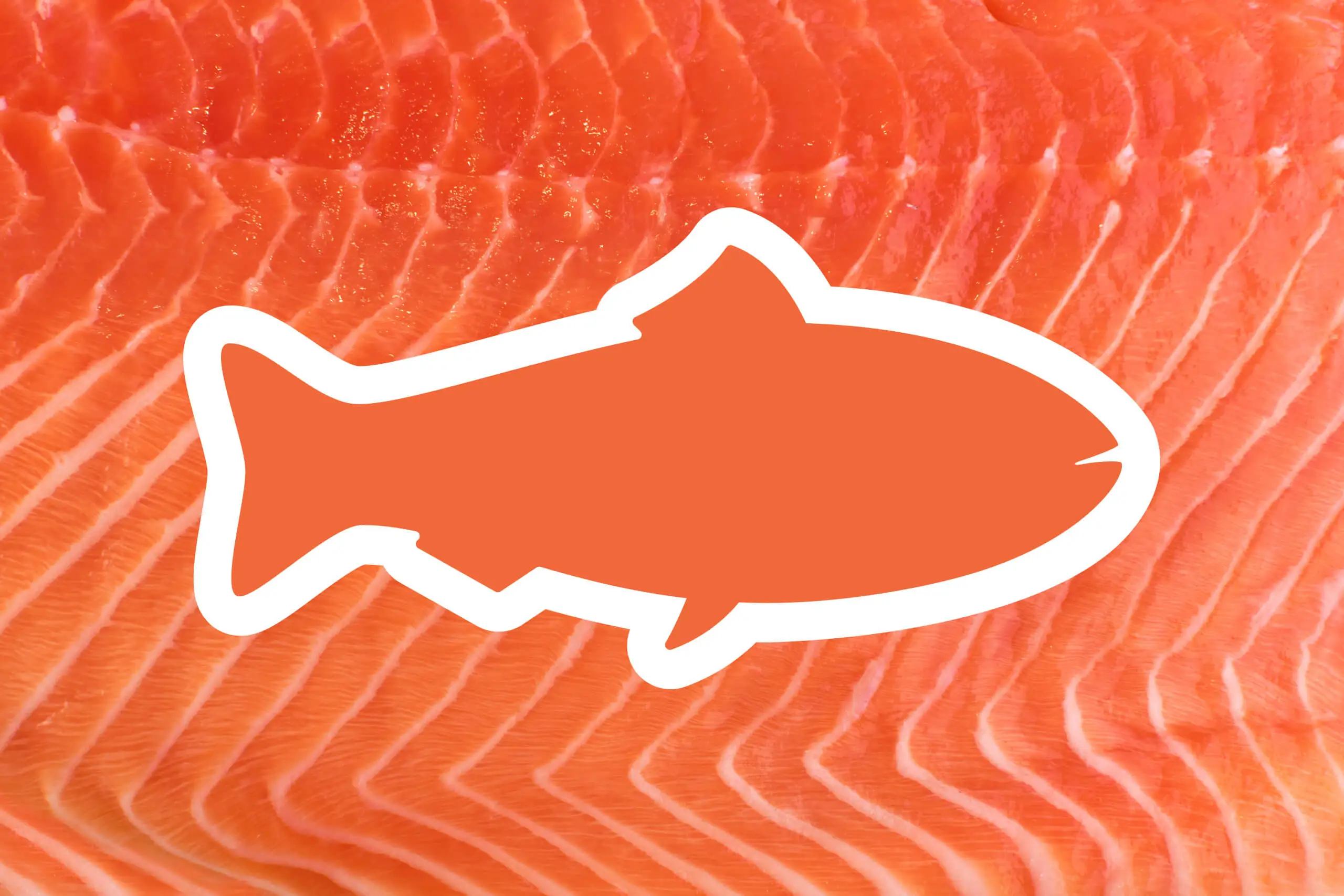
Written By: Lourdes Castro MS, RD
When the French author Brillat-Savarin famously wrote, “Tell me what you eat, and I will tell you what you are,” it is quite possible that salmon was on his mind. This magnificent fish’s most distinguishable characteristic, the peachy pink-colored flesh, is directly linked to its diet. So, what exactly do salmon feed on? Primarily, they consume krill and small crustaceans, which are directly responsible for their distinctive quality.
Think Pink
Krill and small crustaceans serve as excellent sources of carotenoids, which are antioxidants they obtain from eating sea algae. These naturally-occurring pigments are responsible for the vibrant orange, red, and yellow hues found in various plants and animals. Among the vast array of carotenoids, one particular type, astaxanthin, is abundantly present in sea algae and directly contributes to the pink coloration observed in salmon.
While all salmon exhibit a pink hue, you may have noticed it can appear in a broad spectrum of intensity, ranging from deep red to delicate pink. This variation in color is due to the quantity of astaxanthin-rich food in the salmon’s diet and how well the fish is able to metabolize the pigment. It is so deeply integrated into the animal’s flesh that without consuming astaxanthin, the salmon’s muscle would have a white coloration with blush-like spots, similar to that found on tilapia.
You may be curious as to why other fish that consume small crustaceans don’t exhibit the same pink flesh as salmon. The reason is that these creatures do not store the larger quantities of carotenoid in their muscles that salmon do.
What’s for dinner?
Wild salmon derive their sustenance from the krill and small crustaceans they encounter in their oceanic habitat. Conversely, farmed salmon rely on specially formulated feed pellets designed to replicate the natural diet they would typically encounter in the wild.
Unfortunately, these formulated pellets have come with some problems. When salmon farm fishing was in its infancy, waste products from the shrimp industry that contained astaxanthin were used for feed. This inferior food source not only had minimal amounts of the pigment but also suffered from rapid deterioration. As a consequence, this cheap byproduct tainted consumers’ perception of the overall quality of farmed fish.
Since then, aquafeed has been developed with astaxanthin obtained from sources such as algae and yeast, which produce the pigment naturally. Secret Island Salmon takes pride in crafting pellets using their exclusive, 100% all-natural feed enriched with astaxanthin.
Health Benefits
Crustaceans store astaxanthin in their shells, while salmon store it in their flesh. When we consume salmon, we reap astaxanthin’s antioxidant-rich health benefits. These include immune, cognitive, and heart health support, inflammation reduction, and other wellness aids. While further research is needed to fully substantiate these claims, it is well-established that antioxidants, especially those found in the pigments of our food, are potent agents for promoting health. It stands to reason that incorporating astaxanthin into our diet can be beneficial for our overall well-being.
Given the potential healthfulness of this antioxidant, the increasing popularity of supplemental astaxanthin intake is not surprising. However, it is important to keep in mind that carotenoids, including astaxanthin, are fat-soluble. This means they dissolve in lipids and are better absorbed in the presence of fats or oils. Salmon, with its abundant levels of omega-3 fatty acids, serves as an excellent vehicle for transporting astaxanthin in our bodies. This is yet another example highlighting the importance of obtaining nutrients through whole foods.
So eating salmon, along with the astaxanthin found within it, is a natural choice for supporting your healthy life.
